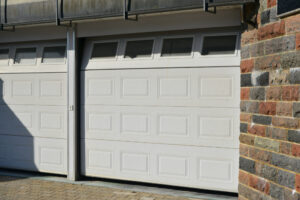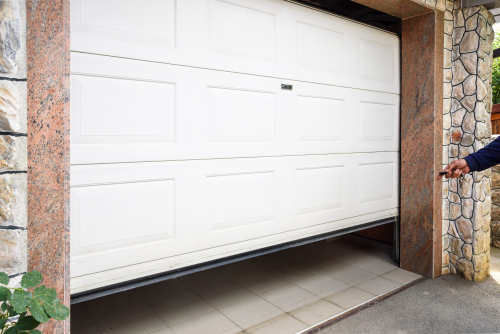
Poorly ventilated garages are uncomfortable to be in and can also be dangerous to you and your family. Follow the following steps of properly venting a garage to keep you and your family safe.
Venting a Garage for Temperature Control
Proper ventilating your garage is just as crucial as ventilating the other rooms of your house. When you don’t ventilate it, you risk contaminating the air inside the garage and adjacent environments with the fumes and chemicals generated by your car and other tools. Additionally, without venting a garage, the heat accumulated can affect the different rooms of your house. How do you properly vent a garage for temperature control?
Perform an Inspection Before Venting Your Garage
You cannot ventilate your garage without incurring expenses for installing windows, doors, or purchasing ventilation appliances. Therefore, you need to know the extent of the ventilation problem in your garage before fixing it. Identify the cause of the undesirable temperature conditions in the garage. It could be the open spaces on the roof, windows, and doors that make the room chilly, or the gas emissions from your vehicles and machines that cause it to be hot. Also, consider retaining the services of an Orange County Garage installation company to inspect the garage’s insulation to let you know if you need to reconstruct it.
Installations Required for Venting a Garage
After fixing your garage’s insulation problems, you need to install the right air circulation units to maintain the temperature at the required level. The following are some ideas to improve the air circulation of your garage.
Construct New Windows
Whereas most people may feel skeptical about installing windows to their garages, it is a great way to regulate the temperature. Depending on your garage and house design, consider small window shutters at the garage walls’ top areas to keep air flowing.
Increase the Spaces Between Your Garage Door and the Walls
Widening the spaces between the doors and walls or windows and walls allows more air exchange between the inside and outside of your garage. However, ensure your compound is free from pests or rodents that may take advantage of this space to get into your house.
Install an Exhaust Fan
You can increase your garage’s ventilation by installing a fan that expels undesirable air from the garage to suck in fresh air through your garage’s windows and spaces. For you to install this fan, you will need to drill a hole on your garage roof and use a suction duct connected to the fan to expel air.










